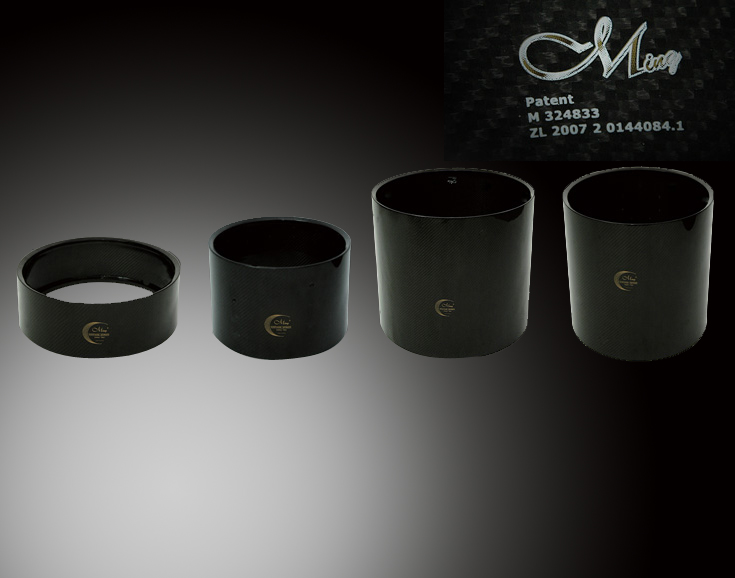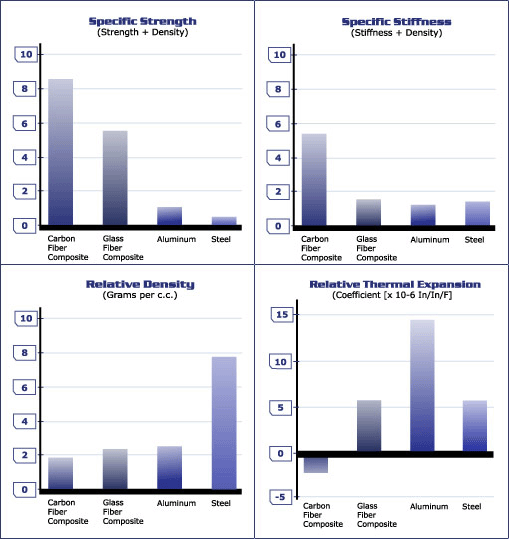
|
What Is Carbon Fiber? Composite Materials What Is Fiber Glass? What Is Kevlar? Kevlar is a well-known component of bullet resistant vests and bullet resistant face masks. Since the early 1980s, the army helmets and vests used by United States military forces have taken Kevlar as a key component; other militaries use the bulletproof facemasks of sentries. For daily life, Kevlar reinforced clothing for motorcycle riders protects against abrasion injuries, the gear if it involves high heat (e.g. tackling a fire) and SWAT. Kevlar is widely used for reinforcing composite materials, often in combination with carbon fiber and fiberglass. The matrix for high performance composites usually is epoxy resin. Basically you can apply it to monocoque bodies for F1 racing cars, helicopter rotor blades, tennis, table tennis, badminton and squash rackets, kayaks, cricket bats, and field hockey, ice hockey or lacrosse sticks.
General speaking, traditional wooden drums are heavy weight. In order to have a light wooden drum, decreasing thickness in shell and the weight in parts is needed. Therefore, thin wooden layers cannot create a quality sound as well as a good strength in drum shell. Vice versa, to have a good quality sound, the wooden layers need to be packed and heavy. Using carbon fiber and other composite materials solves the problem for weight and the sound quality. It is not only light weight, but the density is 20 times higher than traditional wooden drum shells. The shell thickness of 1.5~1.8 mm for the carbon drum set has a strong body structure and powerful sound quality. Unlike wooden drums, carbon drum doesn’t cause hydrous in the body layers. Parts and accessories are not easily to be rusty because of the hydrous problems caused by weathers. Winding and woven weave textures made the looks for carbon drum sets streamline and modern. |
 |
| Ming Carbon Drum | Wood and Metal Drum | Advantage | |
| Weight | RMS1412CF about 3.5Kg-light weight | Heavy drum shells >7 Kg-heavy weight | Easier carry, reduce burden |
| Strength shell | The thickness is only 1.5~1.8m/m, 200-650GPa & 3-7GPa | Plywood shell >7m/m,<10GPa, 1GPa | The thin shell, but the strength is greate than wood drum, and has more resonance |
| heat-resistant | The ignition of carbon fiber is 1000˚c~1500˚c | Plywood is 220˚c~290˚c | Heat-resistant, hot to deforme |
| Non-hydrous | Carbonization, almost non- hydrous | Wood shell with hydrous is about 7%, easy to be influenced by weather | almost non- hydrous, the screw and drum parts are not easy to oxidize and influence the sound |
| Metal drum is easy to oxidize | |||
| Weave and filament wound shell | Special manufacture, filament wound and weave | Using many plywoods for one wood drum | Filament wind continued to bind up drum body with powerful strength. |
| Using one sheet of metal for one drum. | Carbon weave looks with modern beauty texture |
Comparison of the characteristics of Carbon Fiber, Glass Fiber, Aluminum, and Steel:

The customized size of Ming's Carbon Fiber and Carbon Fiber Composite Shells is 6"~26". Thickness of shells is 1.6~1.8mm and we have three style shells: Wound, Slant Woven and Plain Woven.

